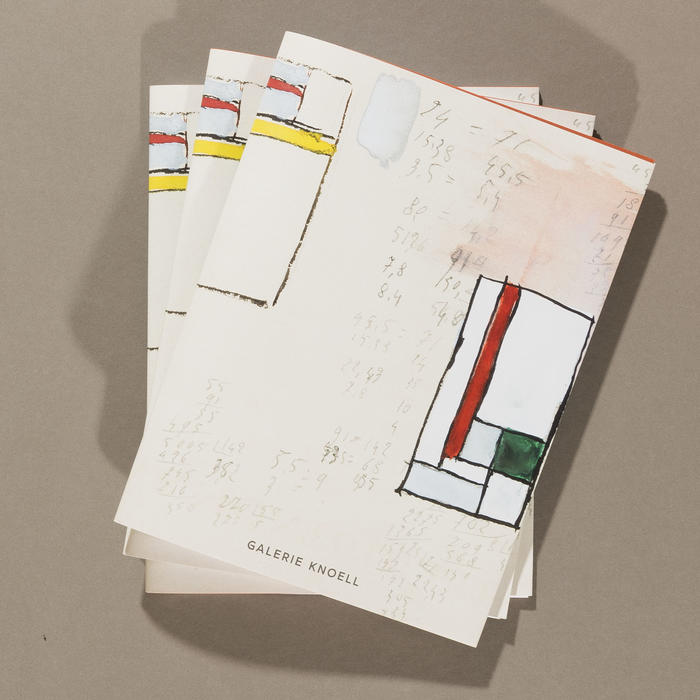Josef Albers
1888 — 1976
Josef Albers, born 1888 in Bottrop, worked as a painter, art theorist and art teacher. In 1905 he began training as an elementary school teacher, followed by various positions as a teacher, whereby Albers always pursued various part-time studies. After studying art at the Royal Art School in Berlin, he came into contact with the Bauhaus for the first time, which he also joined in 1920. There Albers first attends the basic course, where he also meets his future wife Anni Fleischmann. Five years later Albers was appointed Bauhaus Master and taught the pre-course classes, with Max Bill among his students. In 1930 he becomes deputy director of the Bauhaus, but two years later his funds are withdrawn - Albers moves to Berlin with the Bauhaus, but this institution is also closed down by the National Socialists just one year later. At the invitation of Black Mountain College, Albers and his wife move to Asheville in North Carolina. During his time as a professor at college, he taught Robert Rauschenberg and John Cage, among others. This was followed by various other commissions from universities for Albers, such as "Vistiting Critic" at Yale University at the Department of Design or a visiting professorship at Harvard - among his students are Eva Hesse and Richard Serra. During all his teaching activities and commissions Albers himself works as a visual artist. He is particularly concerned with questions of proportion, colour, dimension and composition. His most famous series of works, Variant/Adobe or Homage to the Square, express the remarkable elegance and purity of his choice of form and colour. The careful compositions show honesty in their pictorial language, whereby Albers attaches great importance to exploring the epitome of a perfect work of art. In addition to numerous recognitions and awards Albers received during his career - including an honorary doctorate from Yale University in 1962 and honorary citizenship of the city of Bottrop - his work is also honored in the Josef Albers Museum in his home town of Bottrop. His work has been the subject of solo exhibitions such as 2012 in Paris Painting on Paper: Josef Albers in America at the Musée Nationale d' Art Moderne, Centre Pompidou, 2009 in Sao Paulo, Brazil Anni and Josef Albers: Latin American Journeys at the Pinacoteca do Estado or 1995 at the Solomon R. Guggenheim Museum in New York under the title Josef Albers: Glass, Color, and Light.
 Variation on Homage to the Square, 1958
Variation on Homage to the Square, 1958  Untitled, 1969
Untitled, 1969 
